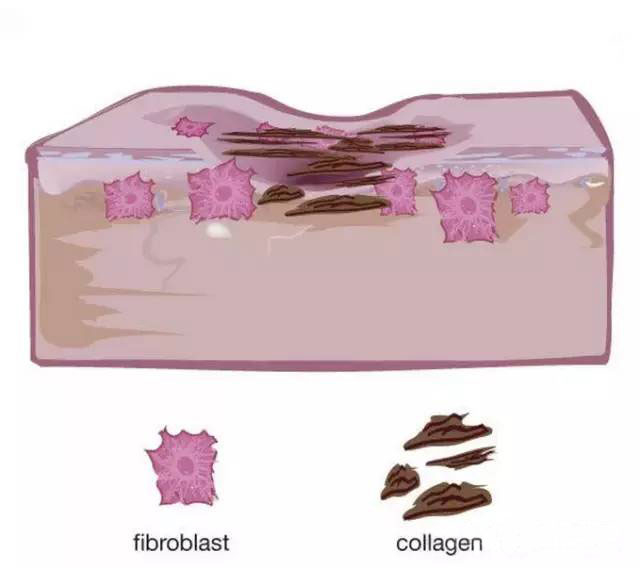There are many factors that affect or delay wound healing. During the treatment process, these unfavorable factors must be found and removed at any time. This requires that therapists can fully understand and understand skin anatomy and physiology, wound healing mechanism, type of wound type, and treatment methods. This article summarizes the local and systemic factors that hinder the healing of wound healing.
Local factors affecting healing: design, infection or microbial load, maceration, tissue necrosis, pressure, damage, edema, etc.
-Stidimer: Wound healing in wet environment is fast, patients with pain are reduced; cells are dehydrated and died in dry environment, hard scabs are often formed, and wound healing is slow. To maintain a suitable humidity with wetlays, climbing of epithelial cells becomes easy, and epithelialization speed is accelerated.
-Festomy: purulent secretions or exudate liquids, hardships, erythema, and fever indicate infection. At this time, bacterial culture needs to be performed to determine the pathogen and guide the choice of antibiotics. When the entire layer of skin wounds of the pressure sore or affecting the bone are not healed, bone marrowitis should be considered. Any abnormal symptoms or positive training results should report to the supervisor in time and take appropriate anti -infective treatment measures as soon as possible.
-Afrection: Two incontinence will destroy the integrity of the skin. Improper wound seepage management can also cause the surrounding skin to dip. Reasonable skin care is an important part of skin and wound management.
-While: Wounds on the wound bed and the necrotic tissue will hinder healing. Slough and Eschar are two common types of necrotic tissue forms. The carrion is soft, sticky, and yellow; the skin is dry, thick, leather texture, mostly black. The necrotic tissue must be completely removed by the debridement before healing.
-Stochrome: Continuous pressure will hinder blood circulation, and the blood supply of the capillary bed of the wound bed will deteriorate, and wounds that cannot be supported by nutritional and oxygen can not heal.
-Dreatment and edema: Repeated injury or local edema blocks blood supply, which will delay or stagnate the wound healing.
Systemic factors affecting wound healing: Most seemingly not directly related to wounds, including viscosity, body shape, chronic diseases, immunosuppressing, nutritional state, radiation therapy, cardiovascular disease, etc.
-Pestaltic: There are often many accompanimental diseases with elderly patients, and wound healing speed is slower than young patients. The elderly are more malnutrition, insufficient intake, endocrine disorders, dry skin, fragile and low immunity, and the cardiovascular system and respiratory diseases are more common. These will increase the risk of skin injury and delayed wound healing.
-Din type: Body shape also affects wound healing. For example, the wounds of obese patients will be poor due to poor blood supply to the fat tissue. In addition, some obese patients have protein malnutrition and delayed healing. Instead, excessive thin patients will also affect healing due to lack of oxygen and nutrient reserves.
-Chronic diseases: Chronic diseases can affect wound healing. Common chronic diseases include coronary heart disease, peripheral vascular disease, cancer, diabetes, etc. For chronic diseases of wound patients, strict treatment plans are needed to fully improve symptoms, such as controlling blood sugar levels to create a good environment for wound healing.
-Caporosis and radiotherapy: The immune system will delay wound healing due to diseases, drugs, or age. Radiation therapy will destroy the skin structure integrity or cause ulcers. It can occur immediately after radiotherapy or after all the treatment is completed for some time.
-The laboratory test: When evaluating patients with wound healing, nutritional signs are not the only laboratory parameters to be considered. Hemoglobin levels can judge the oxygen carrying capacity of blood; it can also evaluate the patient’s liver, kidney and thyroid function, thereby helping us predict the wound healing ability.
-The nutritional status: It is often impossible to accurately judge the patient’s nutritional status through the appearance or wound appearance of the patient, so it is necessary to conduct special nutritional evaluation. Albumin and pre -albumin levels, all lymphocyte counts, and rotor can be used as a marker of malnutrition. They should be tested regularly to prevent wounds from delaying healing due to protein deficiency.
-Capitation: Lower limb ulcers are often caused by insufficient blood supply, such as arterial ulcers, diabetic foot ulcers, venous ulcers, etc. These patients often have cardiovascular diseases of the whole body. Effective treatment depends on the type and cause of correctly identifying ulcers.
There are many other factors that will affect the healing of the wound. You cannot state here, such as smoking, drinking, bad living habits, inappropriate shoes, etc. Wounds are often only an external manifestation of many problems, and the treatment of wounds is also. The overall view is needed, not only pay attention to one “hole”, but to comprehensively examine patients.
(Note: This article is reprinted. The purpose of the article is to convey relevant knowledge information more extensively. The company does not take responsibility for the accuracy, authenticity, legality of its content, and thank you understanding.)
Post time: May-11-2023
